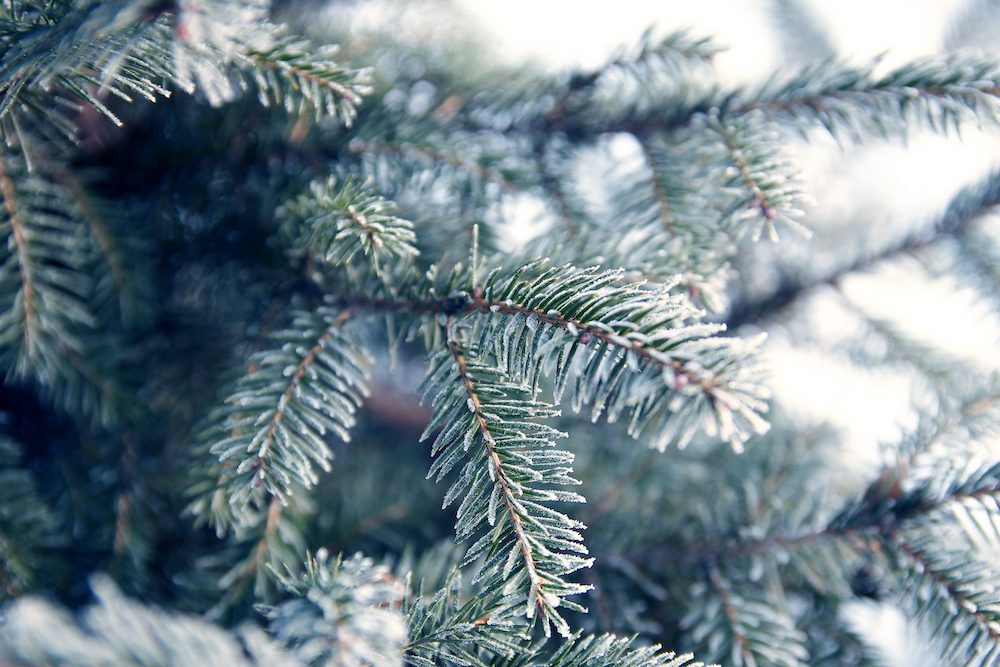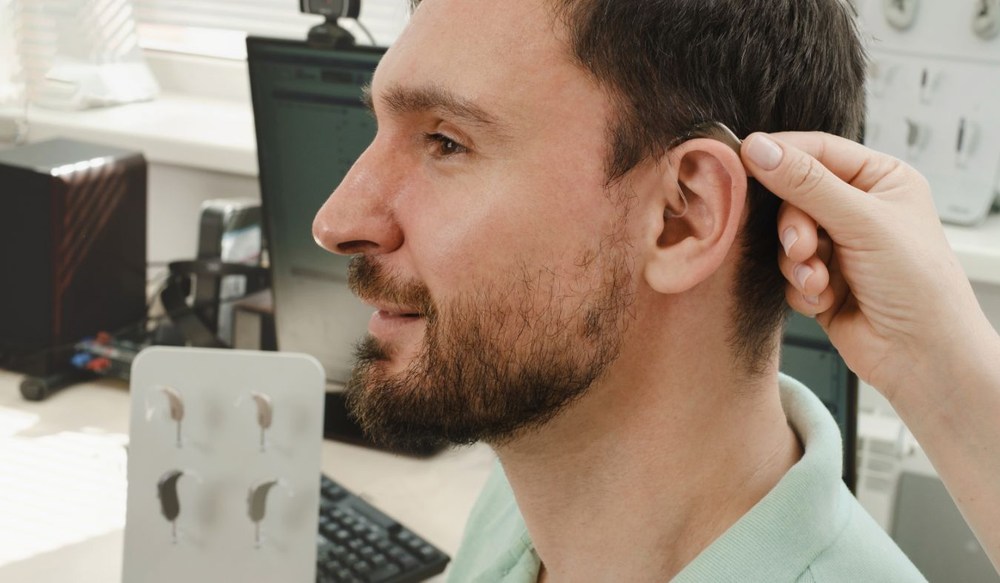The Impact of Virtual Reality on Hearing Aid Fittings
Virtual reality (VR) technology is beginning to influence the way hearing


Virtual reality (VR) technology is beginning to influence the way hearing

Hearing aids have come a long way from simply making sounds louder.

When we think about virtual reality (VR), most of us picture video games